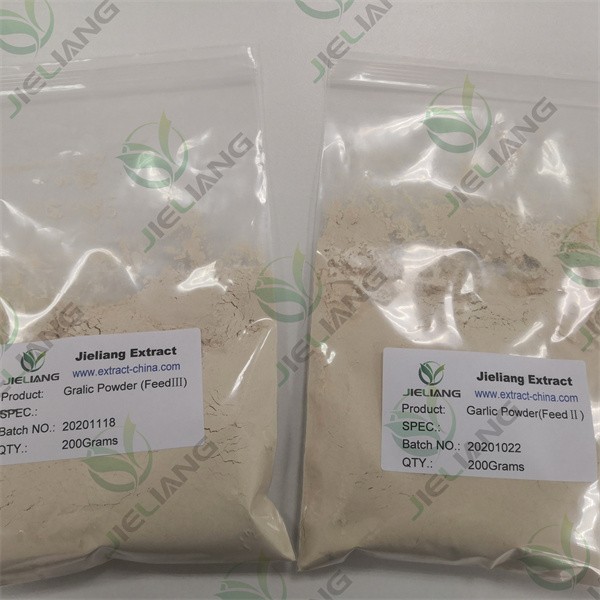Allicin (CAS No. 539-86-6, Chemical formula: C6H10OS2) is an organosulfur compound obtained from garlic, a species in the family Alliaceae.
Allicin is an oily, slightly yellow liquid that gives garlic its unique odor. It is a thioester of sulfenic acid and is also known as allyl thiosulfinate. Its biological activity can be attributed to both its antioxidant activity and its reaction with thiol-containing proteins. Produced in garlic cells, allicin is released upon disruption, producing a potent aroma when garlic is cut or cooked, and is among the chemicals responsible for both the smell and flavour of garlic.
Alliin is a sulfoxide that is a natural constituent of fresh garlic. It is a derivative of the amino acid cysteine. When fresh garlic is chopped or crushed, the enzyme alliinase converts alliin into allicin, which is responsible for the aroma of fresh garlic.
Garlic shows strong antioxidant and hydroxyl radical-scavenging properties, it is presumed owing to the alliin contained within. Alliin has also been found to affect immune responses in blood.
Alliin was the first natural product found to have both carbon- and sulfur-centered stereochemistry.
Application
Anti-bacterial, Anti- Virus.
1) It is often made into capsule to lower blood pressure and blood fat. and it used in food field as functional food additives.
2) It can be used in feed additive to protecting the poultry, livestock and fishes against disease.
